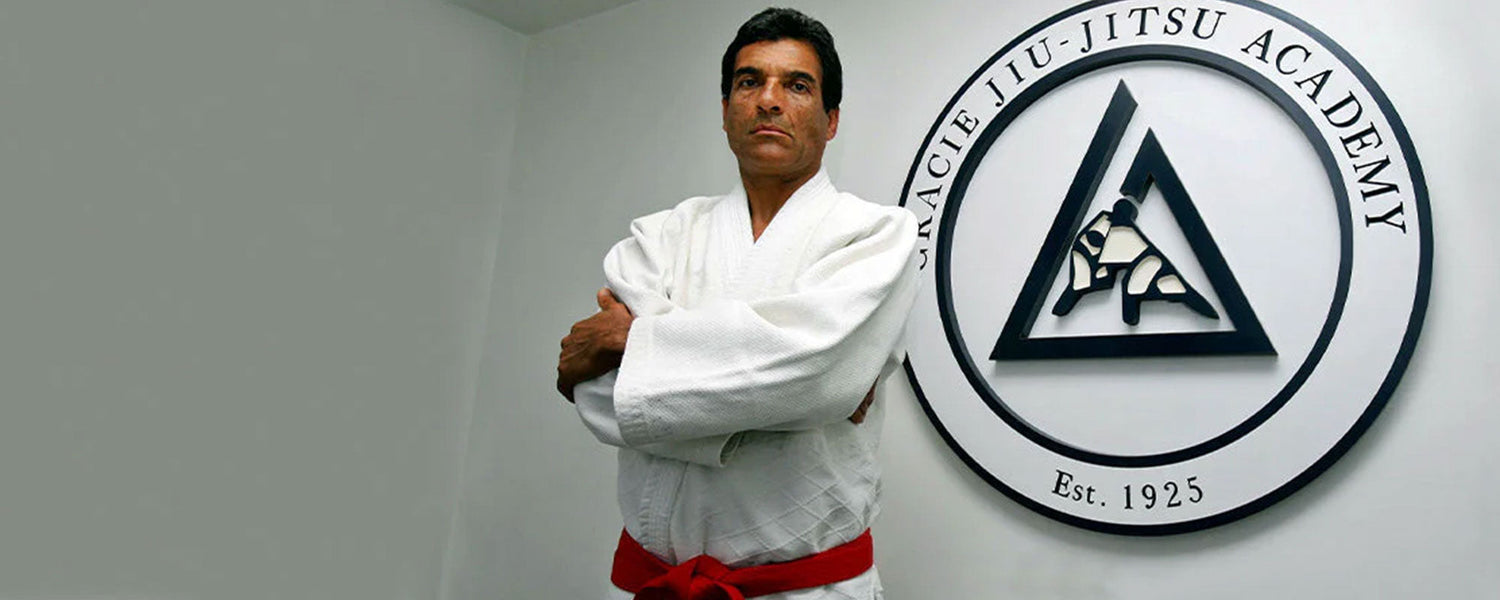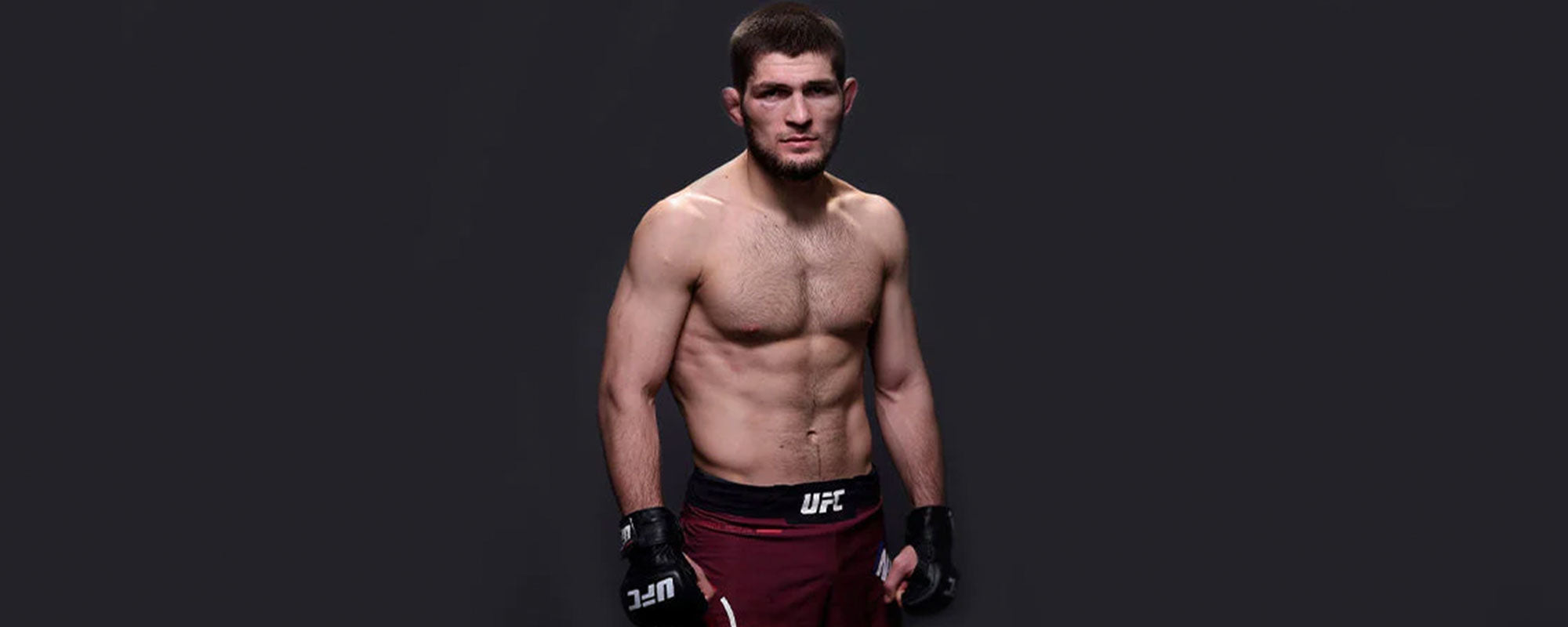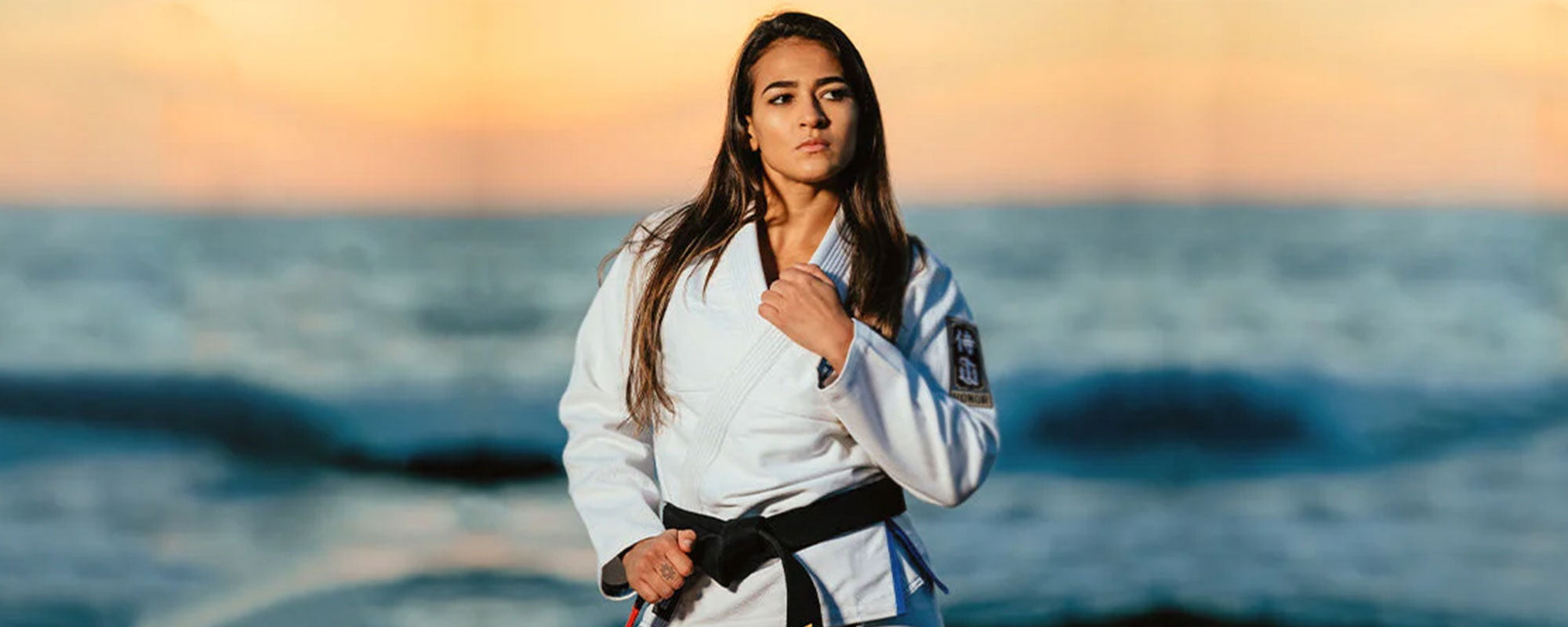Table of content
1. Rorion Gracie’s Details

| Name | Rorion Gracie |
| Nickname | The Cobra |
| Pro MMA Record | 400-0(W/L) |
| Date of Birth | January 19, 1952 |
| Nationality | Brazilian |
| Born | Rio de Janeiro, Brazil |
| Height | 6’2 |
| Weight | N/A |
| Stance | Brazilian Jiu-Jitsu |
| Last fight | N/A |
| Weight Class | N/A |
| Rank | 9th Degree Red Belt |
| Career Disclosed Earnings | $50 Million |
| Fought out of | Gracie Jiu-jitsu Academy |
| College/University | Federal University of Rio De Janeiro |
| Trainer/Coach | Helio Gracie |
| Team | Gracie Academy |
| Foundation Style | N/A |
| Founder | Ultimate Fighting Championship |
| Lineage | Kano Jigoro -> Tomita Tsunejiro -> Mitsuyo Maeda -> Carlos Gracie -> Helio Gracie -> Rorion Gracie |
2. Rorion Gracie’s Biography
"Self-defense is not just a set of techniques; it’s a state of mind, and it begins with the belief that you are worth defending."
Rorion Gracie is a Brazilian Gracie Jiu-Jitsu Grand Master. He is also a writer, producer, publisher, and co-founder of the Ultimate Fighting Championship.
He is the author of the book, “Gracie Diet,” which he published in 2010.
Rorion Gracie is a 9th-degree red belt in BJJ. He is widely known as one of the Gracie/Brazilian Jiu-Jitsu members who introduced Brazilian/Gracie Jiu-Jitsu to the United States.
He has trained various famous individuals such as Michael Clarke Duncan, Ralek Gracie, Eve Torres, and CM Punk.
Black Belt Magazine recognized him as Instructor of the Year in 2006.
3. Rorion Gracie’s Early life and Amateur Fighting
3.1. How did he start?
Rorion Gracie was born on January 10, 1952 (currently 70 years old). Rorion Gracie is the eldest son of Helio Gracie. He grew up practicing under the guidance of his father and his cousin, Rolls Gracie. Rorion possessed a natural talent for training. At the age of 17, he was already providing private sessions at his father’s academy. Rorion, along with his sibling, Carlos Gracie, had helped spread the family's legacy in native Brazil with Brazilian Jiu-Jitsu. They were successful in modifying Japanese Jiu-Jitsu to create a ground-based martial art style. Rorion Gracie moved to the United States for the first time in 1969 while on vacation.
For safety purposes, Rorion had hidden cash and return flight tickets at the YMCA in Hollywood, California. His money and airline tickets were stolen, so he started working in a restaurant, then at a construction site where he would frequently sleep. He called home and lied to his father and expressed his love for America and his intention to remain there for at least six months.
A judo club at the YMCA gained Rorion’s attention. He signed up for his first class as a white belt and left with a brown belt at the end of his training. Rorion and the judo trainer became friends quickly after their first encounter. Rorion got a job flipping burgers at a White Castle thanks to the help of his judo instructor.
Rorion returned to Brazil in 1970. He completed five years of studying law at the Federal University of Rio de Janeiro and earned a Bachelor’s degree.
Rorion Gracie moved to Southern California in 1978 where he engaged in movies and television. To spread the jiu-jitsu culture, he invited people to try the sport and started training in his garage in Hermosa Beach.
4. Rorion Gracie’s Historic Fights
In the 1980s, Rorion and his brother developed a profitable academy, but they had difficulty expanding and becoming accepted by the American Martial Arts Community. He trademarked the term “Gracie Jiu-Jitsu” to avoid confusion with the term “Japanese Jiu-Jitsu”.
Rorion brought his style of “The Gracie Challenge”, putting up a $100,000 prize for anyone who could defeat Gracie using their fighting style.
As a part of his practice sessions, Gracie met with kickboxing legend Benny Urquidez and displayed Gracie Jui-Jitsu techniques. However, the match did not take place since the two parties were unable to agree on their terms of contractual rules.
5. Rorion’s Inspiration
The rise of “Kung Fu” films in the 1960s and 1970s, mostly inspired by the celebrity of the renowned Bruce Lee, had a profound impact on the public’s impression of martial arts in the United States of America. Americans favored striking martial arts above grappling.
The Gene Lebell vs. The Milo Savage match in the 1960s gave the impression that Grappler vs Strikers matches were not widely consumed or taken seriously and the skills learned by American martial artists were forgotten. And everyone who was accepted at the Gracie's was subjected to a rigorous review session hosted by the Academy.
Many of Rorion’s students came from Martial Arts. When they returned to their dojo, they informed their Brazilian Jiu-Jitsu instructors. Some of the trainers were excited about the new art that was sweeping up students and challenged Rorion to a match.
5.1. Keeping Up with the Gracie’s Legacy
Rorion and his brothers were experts of Vale Tudo and used their skills to defeat many of the challengers.
Rorion began to use these fights the same way that his uncle Carlos used the famous “Gracie Challenge,” demanding challengers to sign a contract, agreeing to be videotaped in exchange for a cash reward if they won.
As the contests grew in popularity, it fell to senior trainees like Bresler to go out and challenge other martial arts schools to draw attention to Gracie's teachings.
In 1987, Gracie was working at a variety of jobs including house cleaning while training out of his garage. He met a woman whose husband worked as a television and film producer while on the job. She encouraged Gracie to pursue a career in acting.
Rorion worked as a background actor on the set of Lethal Weapon. He caught the attention of director Richard Donner. Richard had seen videos of Rorion fighting and defeating kickboxer Ralph Alegria, so he approached him regarding choreographing fight scenes for his upcoming movie. The director wanted Gibson’s character to have a unique fighting style that has never been on screen before, choosing the unique BJJ and two other MMA styles.
In 1988, Rorion directed the documentary, “Gracie Jiu-Jitsu in Action.”
5.2. Gracie Jiu-Jitsu Academy
In 1989, to better serve the community, Rorion founded the first Gracie Jiu-Jitsu Academy in Torrance, California along with his brothers Royce, Rickson, and Royler.
Rorion gave an interview that was published in a playboy magazine, in which he spoke about the Gracie Challenge. The article drew the attention of Art Davie, a marketing specialist.
At the Gracie Academy in Torrance, California, Devie met Rorion for the first time.
Later, when Davie and Rorion reunited when Rorion asked him to observe Gracie Jiu-Jitsu being practiced on a visiting karate opponent. The meeting between Davie and film director and screenwriter John Milius took place while watching Royler Gracie defeat his karate opponent.
6. Rorion Gracie’s Championships and Accomplishments
Gracie and Davie formed a commercial partnership to establish a major media platform for Gracie Jiu-Jitsu worldwide.
In 1991, he released “The Basics of Gracie Jiu-Jitsu”, a five-volume instructional training video series with a special edition volume.
| The Basics of Gracie Jiu-Jitsu® (video series) | ||
|---|---|---|
| Volume | Title | Subtitle |
| Volume 1 | Get Close | How to Close the Distance Between You and Your Opponent. |
| Volume 2 | Get Them Off | How to Escape from the Mounted Position. |
| Volume 3 | Scissors | How To Pass the Guard. |
| Volume 4 | Headlocks | How to Escape From Headlocks. |
| Volume 5 | Finishing Holds | Arm Locks and Chokes. |
| Bonus Tape | How to Handle Stand Up Aggression (Non-Instructional) | |
In 1993, they created WOW promotions to attract investors. When Davie received attention from Semaphore Entertainment Group (ESG) they agreed on working with him.
Campbell McLaren, an SEG programmer, was successful in convincing SEG President Robert B. Meyrowitz to invest. Rorion was a perfectionist, he wanted the bouts to be as authentic as possible to real-world street fights, which meant no regulations or time limitations. Ms. Meyrowitz, an experienced producer of radio and television, was careful about the compiling and presentation of her material.
6.1. Ultimate Fighting Championship
In November 1993, UFC 1: The Beginning' was held and broadcast live on Pay-Per-View. Royce Gracie, Rorion's brother, competed in the competitions and went on to defeat Art Jimmerson, Ken Shamrock, and Gerard Gordeau to become the first-ever match champion in the history of the UFC. With his victory, Royce also demonstrated the effectiveness of Gracie Jiu-jitsu when it comes to competing in traditional martial arts.
6.2. United States Army Special Operations Forces
In 1994, UFC 2: No Way Out, a group of high-ranking military members, from the elite unit in the United States Army Special Operations Forces, contacted Rorion to come up with a hand-to-hand combat course entrenched on the most effective techniques of Gracie Jiu-Jitsu.

The tactics served as the cornerstone for the official United States Army Modern Army Combatives Program(MACP) which began in 2002. A defensive tactics training course, known as Gracie Resisting Attack Procedures for Law Enforcement (grapple) was developed concurrently with the combative course in response to a similar request from law enforcement for a defensive tactics training course. Grappling has since been adopted by virtually all law enforcement agencies in the US.
In subsequent years, the two courses were combined to form the Gracie Survival Tactics (GST), which is a combat and defensive tactics school that is appropriate for both military and law enforcement personnel.
7. Rorian Gracie’s Promotion
In 2005, Rorion Gracie was promoted to 9th degree red belt by his father, the legendary Helio Gracie. He became the highest-ranked Gracie Jiu-jitsu expert in the world.
8. The Gracie Book
To emphasize the life-changing effects of the food combination routine created by his late uncle Carlos Gracie, Rorion wrote The Gracie Diet after 65 years of research, published in 2010. In 2017, a revised edition that included a new chapter on detoxification, extra recipes, and much more was launched. The Master Text, or Revised Edition, of Gracie Jiu-jitsu was published in 2020. A new chapter featuring the Grand Master's philosophy is included.
9. Top Video Links
Rorion Gracie on the Humble Beginnings of the UFC
Formation of the Ultimate Fighting Championship
Rorion Gracie | MMA Legacy Interview
Brazilian Jiu-Jitsu Grand Master Rorion Gracie Reveals His Secrets To A Healthy Body & Mind
Photo Credit: @muscleandfitness & @btfightgear















Leave a comment
This site is protected by hCaptcha and the hCaptcha Privacy Policy and Terms of Service apply.